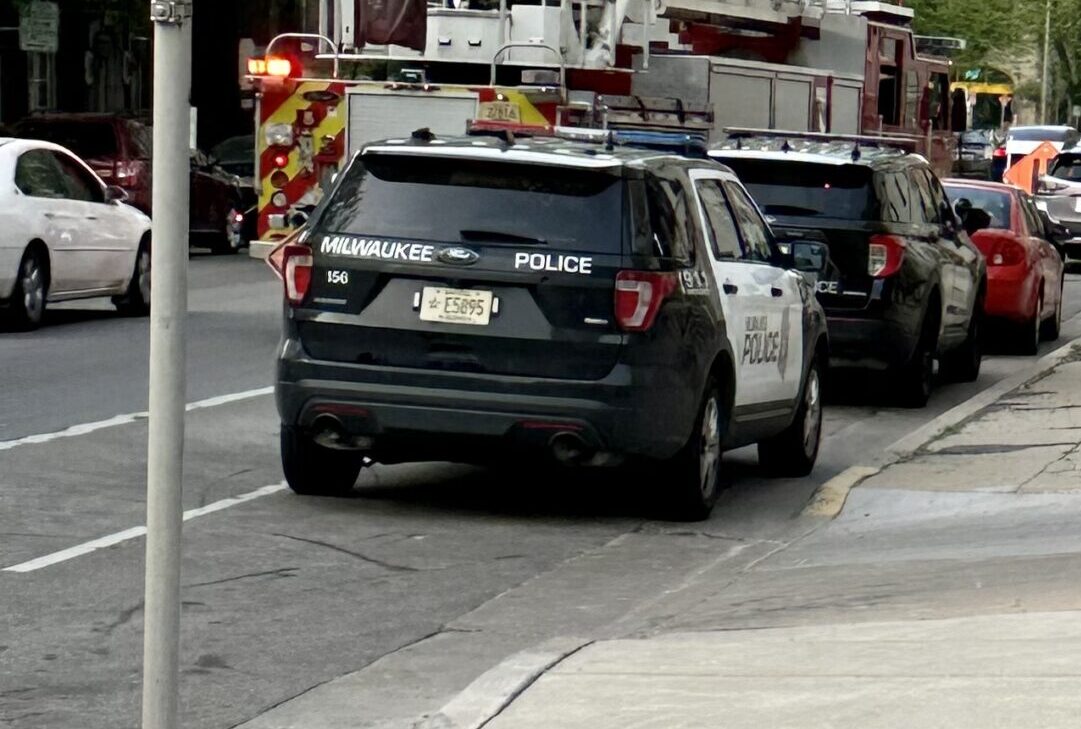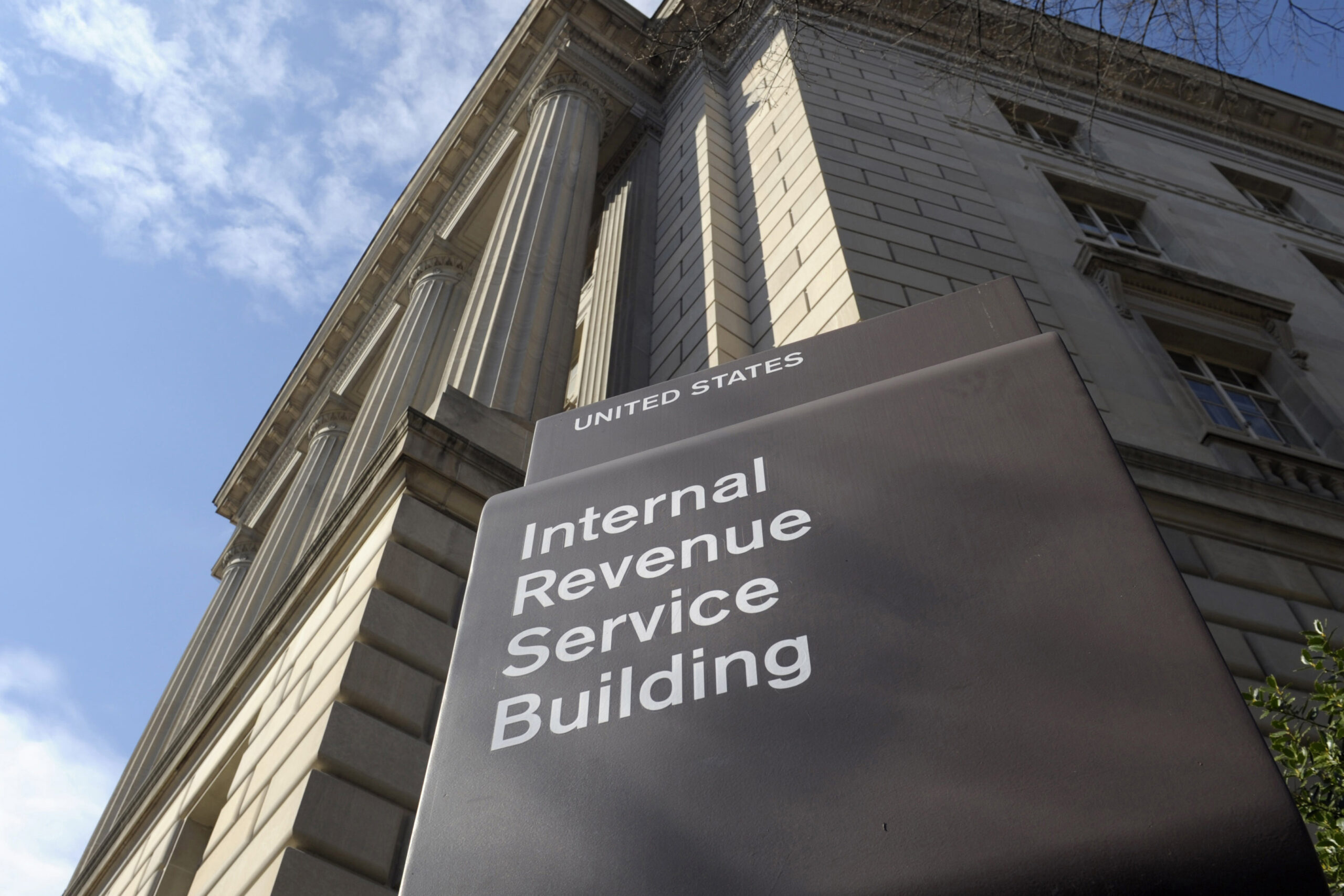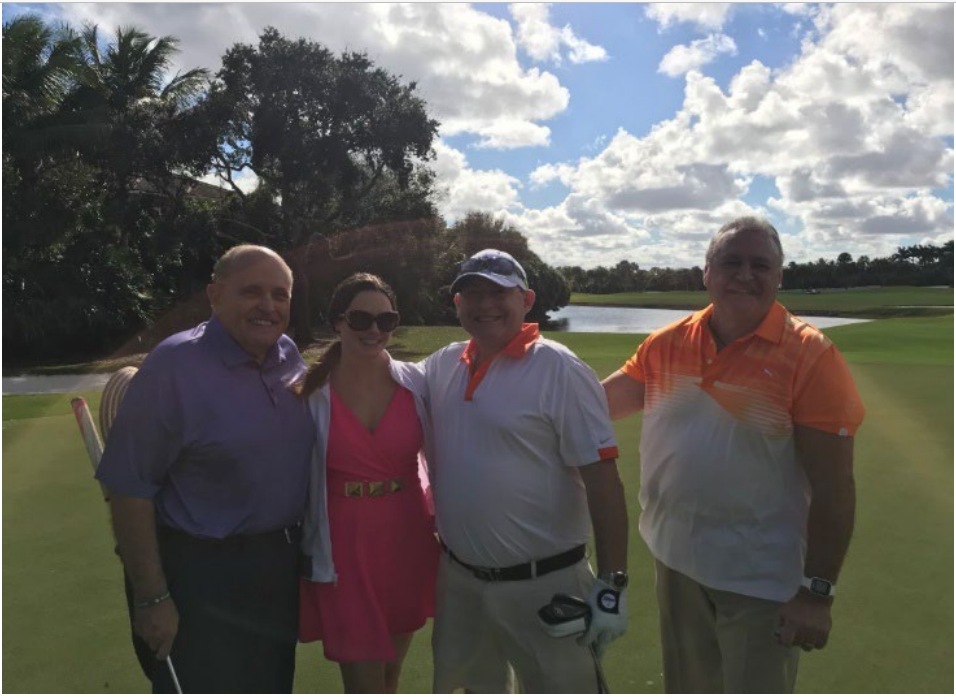Minn. high court decision is a blow to Intoxilyzer
By: BARBARA L JONES//May 11, 2009//
Minneapolis — In a decision that will have far-reaching effect on criminal prosecutions, the Minnesota Supreme Court has decided that drivers charged with DWI are entitled to the Intoxilyzer source code so long as they make a threshold showing the code relates to their guilt or innocence. Having to produce the source code presents a practical problem for the state, which says it doesn’t have the source code to give to defendants. The question of who owns the source code — the state or the maker of the Intoxilyzer — is scheduled for trial in federal court in 2010.
The decision may mean that breath tests are a thing of the past, said Dakota County Attorney Jim Backstrom. “I will be instructing officers to only administer blood or urine tests until we get further clarification,” he said.
Defense lawyers say they anticipate it will be easy to meet the burden of showing that the source code relates to their clients’ guilt or innocence. (To meet this burden, defense lawyers must submit evidence that an analysis of the code would reveal deficiencies that would challenge the machine’s reliability.)
The high court also found that, under Rule 28.04 of the Minnesota Rules of Criminal Procedure, to prevail on a pretrial appeal, the state must show that the alleged error would have a critical impact on the eventual outcome of a case. The discovery orders pertaining to the source code met the critical impact test because exclusion of the breath test results would significantly reduce the likelihood of a successful prosecution for driving while impaired, the court said.
In the underlying case, drivers Dale Underdahl and Timothy Brunner each sought discovery of the source code in separate DWI prosecutions. The District Court judges in both cases had ordered the code to be produced on pain of dismissal and/or suppression of the breath test results.
The Court of Appeals reversed both rulings, saying that the defendants had made inadequate showings of the relevancy of the source code.
After accepting the cases for review, the Supreme Court requested briefing on whether the state is required to show critical impact. It then affirmed as to Underdahl, and reversed as to Brunner, saying that only Brunner made a showing that the source code related to his guilt or innocence.
The 18-page decision, State v. Underdahl, was written by Justice Helen Meyer.
Justices Paul Anderson and Alan Page concurred in the finding in Brunner’s case, but dissented from the decision to affirm in Underdahl’s case.
A Low Burden of Production
Defense attorneys greeted the decision with open arms, saying the burden of production was low and could be easily met. “It’s easy to make a minimal showing. The showing is much lower than recent decisions by the Court of Appeals,” said Roseville attorney Charles Ramsay.
The evidence that was submitted in Brunner is readily available, he said. “All we have to do is attach some documents.”
Eden Prairie attorney Derek Patrin, who represented Brunner, said that many trial judges have been requiring defendants to make an initial showing that the Intoxilyzer malfunctioned in a specific test before ordering discovery, so this burden is relatively easy to meet.
Attorney Jeffrey Sheridan of Eagan, who represented Underdahl, said he was happy and sad at the same time about the decision. It is helpful to litigants, he said. “It’s now a recipe of the documents you need to provide,” he explained. “We’ll kill a lot of trees to make the evidentiary showing but the burden can be met,” he said. However, he also agreed with the dissent that the rule invades the discretion of the trial court.
The rule will affect tens of thousands of DWI cases in the state, Ramsay said.
Patrin said the decision calls into question whether police will continue to use the Intoxilyzer, or if other jurisdictions will follow Dakota County’s lead and stop using it. The Bureau of Criminal Apprehension may be flooded with fluid tests, Patrin predicted.
Backstrom called the decision a serious setback for law enforcement. “In all pending cases there will be significant problems depending on whether there is any other evidence. The state doesn’t have access to the source code and we can’t obtain it,” he said.
Suppression is Critical
The Supreme Court first determined that the state was required to, and did, show that the pretrial appeal would have a critical impact on the outcome of the trial. Contained in Rule 28.04, the critical impact requirement has evolved into a “threshold issue,” so that in its absence the court will not review a pretrial order, the court said.
The state initially asserted that the Minnesota Court of Appeals held in 1997 in State v. Renneke that the critical impact requirement does not apply to discovery orders. However, the Supreme Court never adopted the rule and in fact has observed that Renneke appeared to be at odds with caselaw and the plain language of Rule 28.04, Meyer wrote.
The court went on to say that the plain language of the rule does not differentiate between suppression orders and discovery orders. Furthermore, requiring a critical impact in a discovery appeal fulfills the original purpose behind Rule 28.04, which was to limit pretrial appeals by the state.
“We continued to recognize that the rules on government pretrial appeals must be strictly construed, as the appeal could occur as ‘the defendant is awaiting trial, presumed innocent, and possibly confined,’” the court said.
The court then considered how the state should establish a critical impact. The state does not have to show that conviction is impossible after the pretrial order but only that the prosecution’s likelihood of success is seriously jeopardized. The evidence should be viewed as a whole, and evidence unique in nature and quality is more likely to satisfy the critical impact requirement.
The source code discovery orders would have a critical impact, the court decided. An order that dismisses DWI charges, even if other charges remain, will have a critical impact on the state’s case. Furthermore, the breath test results could not be duplicated by any other evidence.
Information is Relevant
The court determined that Underdahl and Brunner differed in their showing of whether the source code is relevant. In Brunner the defendant submitted a memorandum and nine exhibits to support his request, including source code definitions, written testimony of a computer science professor that explained issues surrounding the source codes and their disclosure, and an example of a breath-test machine analysis and its potential defects. This established that an analysis of the source code would relate to the driver’s guilt or innocence, the court found.
But the court said in Underdahl the defendant made no threshold evidentiary showing whatsoever, so the District Court judge abused his discretion in finding the source code relevant and related to guilt or innocence.
The Supreme Court also determined that the trial courts did not abuse their discretion in finding that the state had possession or control of the source code. (The state and CMI, the manufacturer of the Intoxilyzer, are involved in federal litigation over property rights to the source code.)
The dissenting justices said that
the defendant was only required to show that the information requested may relate to guilt or innocence, and that the court’s ruling placed a heavier burden than Rule 9.01 required and invades the discretion of the trial court.
“The reliability of the Intoxilyzer 5000EN is a question that the jury will have to decide before determining Underdahl’s guilt or innocence. Thus, I conclude that the source code relates to Underdahl’s guilt or innocence and that, under Rule 9.01, subd. 2(3), its disclosure is required,” Page wrote.
Page also remarked in a footnote that Underdahl had received the source code discovery in an implied consent hearing.
“While Underdahl I does not dictate the district court’s decision in this case, I conclude that, because the district court knew that discovery of the source code had been ordered in Underdahl’s implied consent proceeding, the district court did not abuse its discretion when it ordered disclosure in this criminal proceeding. The court’s decision today greatly infringes upon the district court’s broad discretion to made discovery rulings. Further, I believe it is anomalous that Underdahl is entitled to have access to the source code when his right to drive is at stake, but he is denied access to that same source code when his right to liberty is threatened,” Page wrote.
Legal News
- Waukesha man sentenced to 30 years for Sex Trafficking
- 12-year-old shot in Milwaukee Wednesday with ‘serious injuries’
- Milwaukee man convicted of laundering proceeds of business email compromise fraud schemes
- Giuliani, Meadows among 18 indicted in Arizona fake electors case
- Some State Bar diversity participants walk away from program
- Wisconsin court issues arrest warrant ‘in error’ for Minocqua Brewing owner
- Iranian nationals charged cyber campaign targeting U.S. Companies
- Facing mostly white juries, are Milwaukee County defendants of color truly judged by their peers?
- Milwaukee Mayor speaks in D.C. Tuesday at White House water summit
- Chicago man sentenced to prison after being caught with ‘Trump Gun’
- FTC bans non-competes
- Gov. Evers seeks applicants for Dane County Circuit Court
WLJ People
- Power 30 Personal Injury Attorneys – Russell Nicolet
- Power 30 Personal Injury Attorneys – Benjamin Nicolet
- Power 30 Personal Injury Attorneys – Dustin T. Woehl
- Power 30 Personal Injury Attorneys – Katherine Metzger
- Power 30 Personal Injury Attorneys – Joseph Ryan
- Power 30 Personal Injury Attorneys – James M. Ryan
- Power 30 Personal Injury Attorneys – Dana Wachs
- Power 30 Personal Injury Attorneys – Mark L. Thomsen
- Power 30 Personal Injury Attorneys – Matthew Lein
- Power 30 Personal Injury Attorneys – Jeffrey A. Pitman
- Power 30 Personal Injury Attorneys – William Pemberton
- Power 30 Personal Injury Attorneys – Howard S. Sicula











